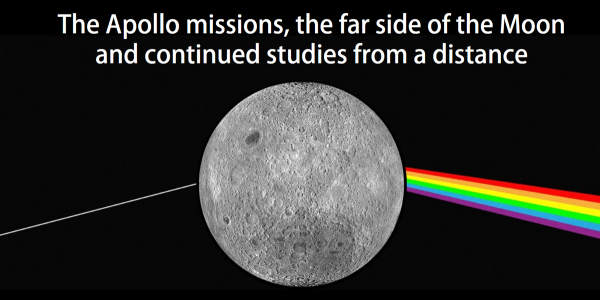Anna Schonwald - The Apollo Missions, the Far Side of the Moon and Continued Studies from a Distance
In light of the recent 49th Anniversary of Apollo 11, we will discuss how the Apollo missions reframed our understanding of the Moon and how this research continues with lunar orbiters. Before stepping foot on the Moon, man’s knowledge of our neighbor came from remote sensing. Photometry, or the science of the measurement of light, has been used for about 2,000 years by astronomers. The dark patches on the near side of the Moon were named “mare” or sea based on differences in reflected light.
During the Apollo program we landed six missions on the lunar surface and found an ancient, lifeless world that was genetically related to Earth but with virtually no water. Despite traversing only 60mi (97km) of the Moon’s 2160mi (3475km) diameter, the discoveries made from the Apollo missions greatly enhanced our knowledge of the entire Moon, including the far side. These discoveries led to the “Giant Impact” theory and the Lunar Magma Ocean (LMO) hypothesis.
What about today? Though humanity’s last footprint on another planetary body was 45 years ago, the discoveries from the Apollo missions continue to inform modern lunar research. We can relate results from photometric studies of the far side to the Apollo sites as a way to ground-truth our data. By comparing data from the far side of the moon to areas where we have detailed information about the geology from samples and data, we have a better way to test our inferences. What can we do from a distance? The answer is quite a lot!
Anna Schonwald is a second-year graduate student at Washington University. She is currently studying the ancient crust of the moon using the Lunar Reconnaissance Orbiter Cameras (LROC). Before graduate school, Anna completed a degree in physics and geology from Earlham College, where she restored the campus observatory to hold public observation nights. She also spent time in New Mexico researching the atmospheric circulation on Uranus at the National Radio Astronomy Observatory (NRAO). Space has been a lifelong fascination, thanks to the beautiful night sky of rural New Hampshire, where Anna grew up.

